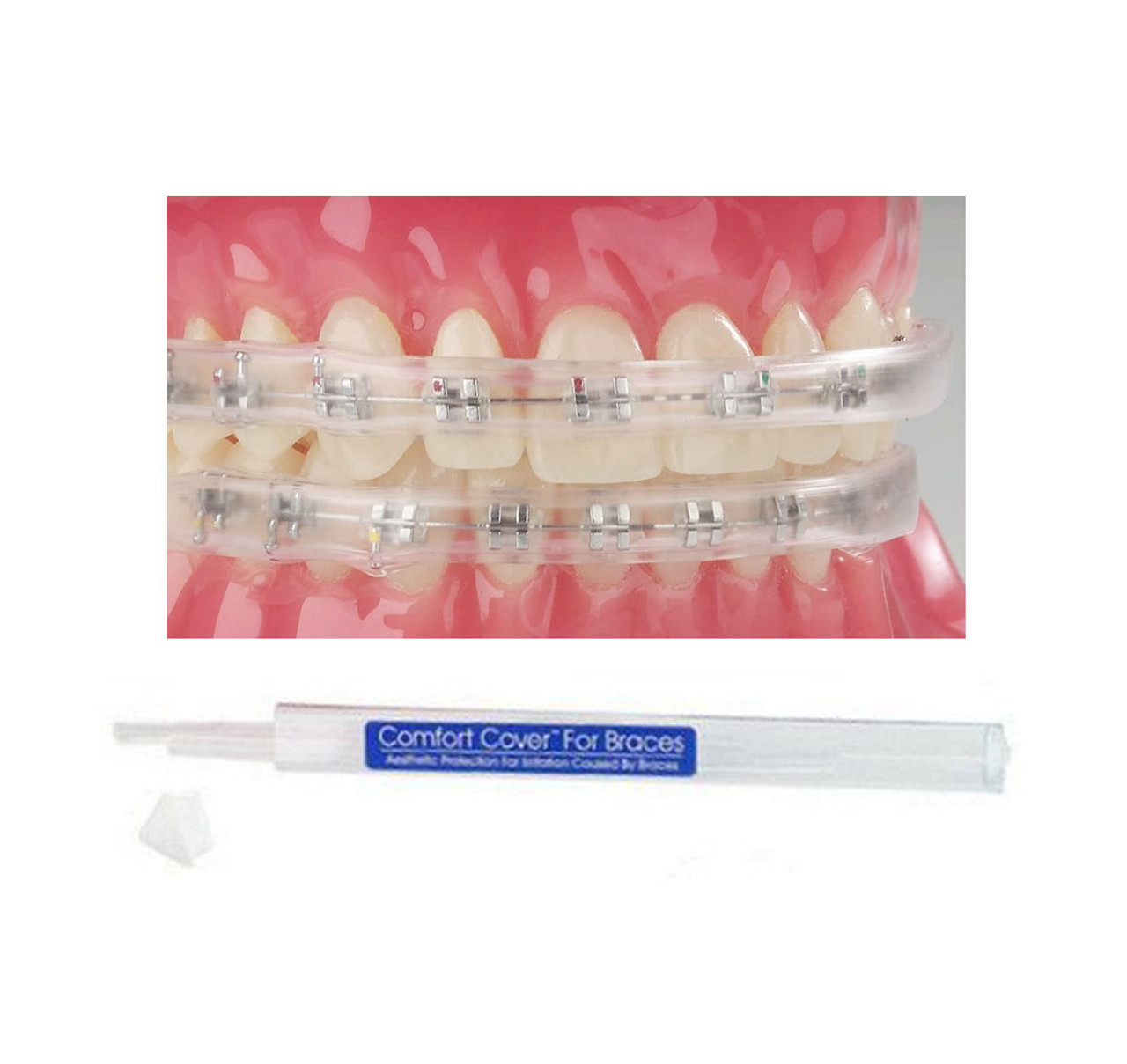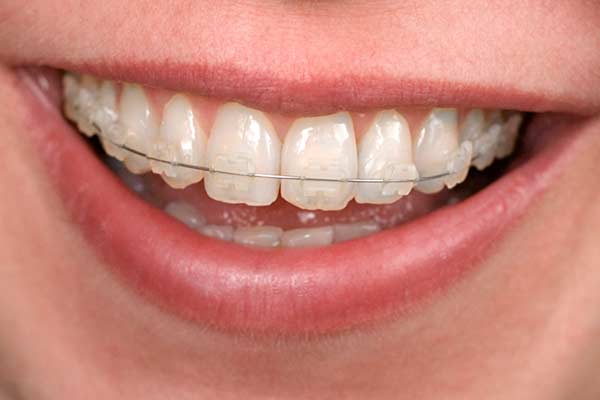What Sets Cumming Braces and Aligners Besides Other Orthodontic Treatments
What Sets Cumming Braces and Aligners Besides Other Orthodontic Treatments
Blog Article
Comprehensive Overview to Orthodontics Procedures for Correcting Oral Misalignments
In the realm of orthodontics, the trip to accomplishing a flawlessly lined up smile includes a myriad of treatments tailored to deal with dental misalignments. From typical braces to unnoticeable aligners and also surgical options, the field of orthodontics supplies a variety of services to address varying degrees of oral abnormalities. Understanding the ins and outs of each treatment, including their devices, advantages, and possible drawbacks, is important in making notified choices concerning one's orthodontic therapy. As we navigate through the extensive guide to orthodontic procedures for remedying oral imbalances, the intricate details of each method will unfold, clarifying the course toward a unified and practical dental alignment.
Orthodontic Procedures Overview

Routine modifications and monitoring are critical parts of orthodontic therapy to guarantee progression is on track and to make any required alterations along the means. By undergoing orthodontic treatments, patients can not only accomplish a straighter grin but additionally improve their total oral health and feature.
Standard Braces: How They Function
When taking into consideration orthodontic therapies for oral imbalances, standard dental braces stick out as a reliable approach for dealing with teeth positioning. Conventional dental braces include braces, cables, and bands that collaborate to use constant pressure on the teeth, progressively relocating them right into the desired placement. The brackets are affixed to the teeth utilizing a special adhesive, and the cables are threaded through the braces. By adjusting the stress of the wires, orthodontists can manage the direction and force used to each tooth, assisting them into appropriate alignment with time.
As stress is used to the teeth through the braces, the bone surrounding the teeth is improved to sustain the new tooth settings. Individuals will require regular modifications at the orthodontist's workplace to ensure the braces continue to apply the proper pressure for effective teeth motion.
Unseen Aligners: Pros and Cons
These clear, customized trays are virtually invisible when used, making them an appealing alternative for individuals seeking a much more visually pleasing orthodontic therapy. Clients can get rid of the aligners before consuming or brushing their teeth, reducing the danger of food getting stuck in the device and streamlining the cleaning process.

Surgical Orthodontic Options
Surgical treatments in orthodontics existing sensible alternatives for dealing with complex dental misalignments that may not be efficiently solved via standard orthodontic therapies. While traditional braces and unnoticeable aligners can remedy several orthodontic concerns, specific situations require surgical treatment to accomplish optimum results. Surgical orthodontic choices are usually recommended for serious malocclusions, significant jaw inconsistencies, and instances where the underlying bone framework requires alteration to accomplish appropriate alignment.
One common medical orthodontic treatment is orthognathic surgical treatment, which includes repositioning the jaws to fix functional concerns such as problem chewing or speaking. This surgery is often executed in partnership with an orthodontist who helps straighten the teeth before and after the treatment. Surgical orthodontics might likewise involve treatments to subject impacted teeth, remove excess periodontal cells, or dental words improve the jawbone dental directory to produce a much more unified face profile.
Prior to taking into consideration medical orthodontic alternatives, patients undertake a thorough analysis to figure out the requirement and prospective benefits of such interventions. braces. While surgery might seem challenging, it can significantly boost both the function and looks of the smile in situations where conventional orthodontic therapies fail
Retainers and Post-Treatment Treatment

Post-treatment treatment includes following the orthodontist's guidelines vigilantly. This might consist of correct oral health methods, going to follow-up visits, and using the retainers as prescribed. Failure to follow post-treatment treatment instructions can lead to regression, where the teeth progressively return in the direction of their initial positions. Constant retainer wear, great dental hygiene, and normal dental exams are crucial for preserving the outcomes achieved with orthodontic surgical procedure and guaranteeing the long-term security of the corrected dental positioning.
Conclusion
To conclude, orthodontic treatments use various alternatives for correcting oral imbalances. Standard braces use metal braces and cords to move teeth into appropriate positioning. Unnoticeable aligners provide an even more very discreet alternative yet might not be appropriate for all cases. Surgical orthodontic alternatives are offered for more extreme misalignments. Retainers are typically made use of post-treatment to preserve the new placement. Generally, orthodontic procedures can effectively boost dental health and visual appearance.
As we navigate through the thorough overview you can find out more to orthodontic procedures for dealing with oral imbalances, the elaborate information of each technique will unfold, losing light on the path towards a practical and harmonious dental positioning. - orthodontics
One of the most typical orthodontic therapies is the usage of braces, which consist of steel brackets and wires that apply gentle stress to gradually change teeth right into the desired setting.When thinking about orthodontic treatments for dental misalignments, typical braces stand out as a time-tested approach for dealing with teeth placing. Additionally, invisible aligners might not be appropriate for complex orthodontic issues that require even more considerable teeth movement, as they are generally advised for mild to moderate instances. Retainers are personalized orthodontic tools made to hold teeth in their corrected positions after the completion of orthodontic treatment.
Report this page